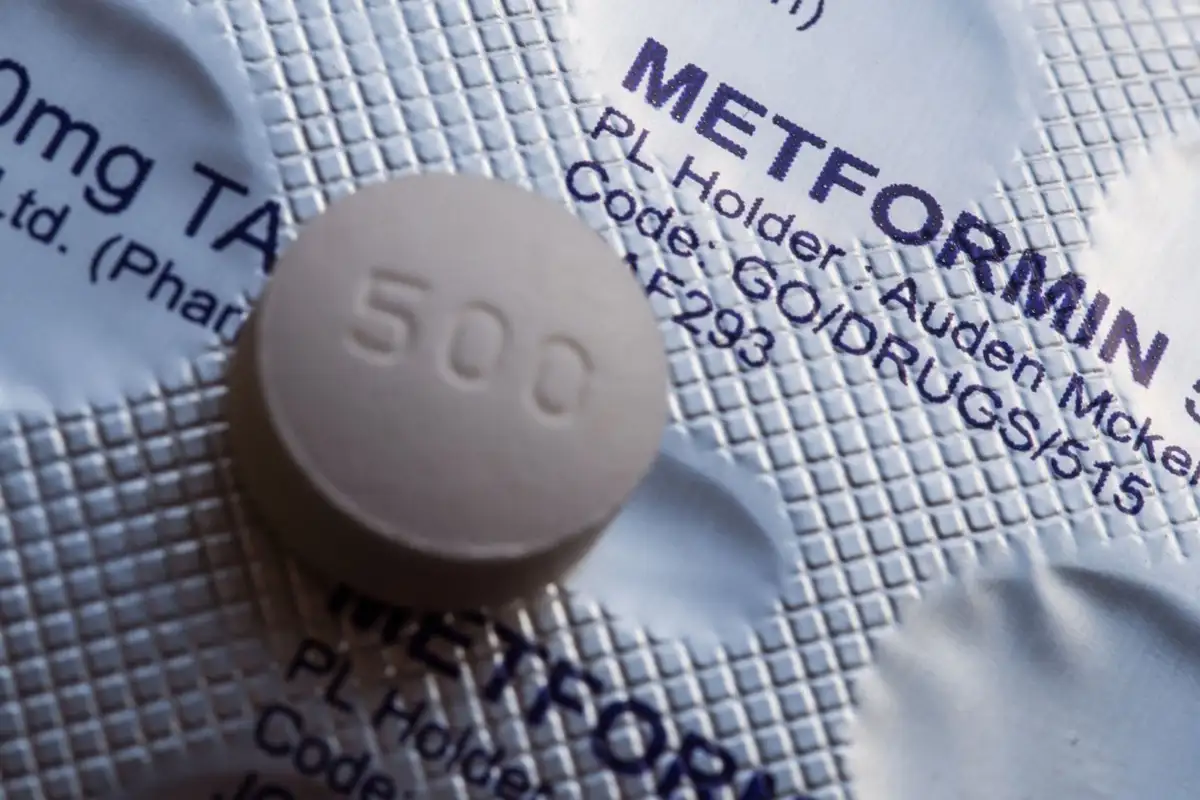The relationship between gut microbes, hormones, and dietary preferences is a fascinating area of study that holds the potential to revolutionize our understanding of sugar consumption and its associated metabolic impacts. Excessive sugar consumption is a growing global health concern, significantly contributing to the rise of obesity, type 2 diabetes, and other metabolic disorders. The factors that influence the human preference for sweet foods are complex, involving both physiological signaling and the sensory experience of sweetness. Recent research has uncovered a crucial pathway involving gut microbes and hormones that shape sugar cravings, which could pave the way for innovative strategies to regulate sugar intake and manage metabolic health more effectively.
The Gut–Brain Axis and Sugar Preference
The gut microbiome—the community of microorganisms residing in the digestive tract—has long been recognized for its role in influencing host metabolism and dietary behaviors. It does so through the production of metabolites that can interact with various systems in the body, including the brain, to modulate physiological responses. These interactions are at the core of the gut–brain axis, a bi-directional communication system between the gastrointestinal tract and the central nervous system. This axis plays a key role in regulating appetite, food intake, and metabolic health.
In the case of sugar consumption, it is the interplay between flavor perception, gut hormones, and microbial metabolites that dictates preferences. Research has indicated that the composition of the gut microbiome can have a direct impact on a person’s taste preferences and, by extension, their dietary choices. This relationship is particularly evident in the context of sugar-rich foods, where the body’s preference for sweet tastes can become maladaptive, leading to the overconsumption of sugary foods and subsequent metabolic issues.
Understanding the mechanisms behind this preference could provide new avenues for addressing excessive sugar consumption, particularly in populations at risk for obesity and type 2 diabetes. One such mechanism that has garnered significant attention involves the free fatty acid receptor 4 (Ffar4), a G-protein-coupled receptor that plays a critical role in regulating dietary preferences, including sugar cravings.
The Role of Ffar4 in Sugar Preference
Ffar4 is primarily known for its involvement in the response to dietary fats, but its role in sugar preference has remained largely unclear until recent studies. Ffar4 is expressed in various tissues, including the intestines, and plays a significant role in regulating metabolism and food intake. Researchers have long suspected that changes in Ffar4 expression could influence dietary preferences, but how it might be linked specifically to sugar consumption remained a mystery.
In this context, a groundbreaking study has shed light on the complex relationship between gut microbes, Ffar4, and sugar preference. The researchers conducted a series of experiments using both human and mouse models to investigate the impact of Ffar4 on sugar cravings. They found that a reduction in Ffar4 expression was associated with an increased preference for sugar, while overexpression of Ffar4 in the intestines led to a decrease in sugar preference. These findings suggest that Ffar4 plays a regulatory role in how the body perceives and responds to sugar.
The study also highlighted a crucial interaction between Ffar4 and the gut microbiome. In particular, the abundance of Bacteroides vulgatus, a key gut bacterium, was found to be significantly altered in mice with different Ffar4 expression levels. Mice with reduced Ffar4 expression showed a decrease in B. vulgatus populations, while those with overexpressed Ffar4 had an elevated presence of this bacterium. These results suggest that B. vulgatus may be involved in modulating sugar preference through its interaction with Ffar4, though further research is needed to fully elucidate this mechanism.
Gut Microbiome and Pantothenate: A New Pathway for Sugar Cravings
One of the most striking discoveries from this study was the identification of pantothenate, a metabolite produced by Bacteroides vulgatus, as a key player in regulating sugar preference. Pantothenate, a form of vitamin B5, was found to be strongly correlated with sugar cravings, suggesting that this metabolite may be directly involved in shaping dietary choices. The researchers hypothesized that pantothenate could influence the release of gut hormones that regulate sugar intake.
To test this hypothesis, the researchers conducted several experiments, including supplementation studies and in vivo assays, to assess how pantothenate affects gut hormone secretion. Specifically, they focused on glucagon-like peptide 1 (GLP-1), a hormone that plays a key role in regulating insulin secretion, glucose homeostasis, and appetite. The study found that pantothenate supplementation led to an increase in GLP-1 secretion, which in turn influenced sugar preference. This finding suggests that pantothenate may act as a mediator between the gut microbiome and the body’s metabolic systems, influencing sugar cravings through hormonal signaling.
GLP-1 is well known for its role in regulating blood sugar levels, and its effects on appetite are also well documented. When GLP-1 levels are elevated, individuals tend to experience reduced hunger and a preference for healthier food choices. The fact that pantothenate can influence GLP-1 secretion provides a novel pathway through which gut microbes may help regulate sugar intake, offering a potential therapeutic target for managing sugar consumption and metabolic health.
FGF21 and Its Role in Sugar Preference
In addition to pantothenate and GLP-1, the study also explored the role of fibroblast growth factor 21 (FGF21), a liver-derived hormone that plays a pivotal role in regulating metabolism and dietary preferences. FGF21 is known to be influenced by both nutritional intake and hormonal signaling pathways, and its role in modulating sugar preference was also examined in this study.
The researchers found that FGF21 production was regulated by GLP-1, suggesting that this hormone acts as a mediator between the gut and liver to influence sugar cravings. When GLP-1 levels were elevated through pantothenate supplementation, FGF21 production was also increased, further reinforcing the idea that the gut microbiome, through its metabolites and hormonal signaling, plays a crucial role in shaping dietary preferences.
The discovery that FGF21 can regulate sugar preference opens up new possibilities for developing therapeutic strategies to control sugar consumption. By targeting the FGF21 pathway, it may be possible to reduce sugar cravings and promote healthier eating habits, ultimately improving metabolic health outcomes in individuals at risk for obesity and diabetes.
Implications for Sugar Consumption Management
This research has significant implications for how we approach sugar consumption and its associated health risks. By uncovering the gut-microbe-driven pathways that influence sugar preferences, the study provides valuable insights into the mechanisms that drive overconsumption of sugary foods. Understanding these pathways opens up new avenues for developing interventions that target the gut microbiome and hormonal signaling to regulate sugar intake.
One potential application of these findings is the development of personalized dietary interventions that take into account an individual’s gut microbiome composition and hormone levels. By modulating the gut microbiome through diet, probiotics, or other therapeutic interventions, it may be possible to influence sugar cravings and promote healthier food choices.
Furthermore, this research may pave the way for new treatments for metabolic disorders such as obesity and type 2 diabetes, where excessive sugar consumption plays a central role. By targeting the specific microbial and hormonal pathways that regulate sugar preference, it may be possible to develop more effective strategies for managing these conditions and improving overall metabolic health.
The intricate relationship between gut microbes, hormones, and sugar preference is a complex but critical area of research that holds significant promise for improving metabolic health. This study has uncovered key mechanisms linking gut microbiota, Ffar4, pantothenate, GLP-1, and FGF21 in regulating sugar consumption, providing new insights into how the gut and brain work together to influence dietary preferences. By targeting these pathways, it may be possible to develop novel interventions to reduce sugar intake and mitigate the health risks associated with excessive sugar consumption, offering hope for more effective strategies to combat obesity, type 2 diabetes, and other metabolic disorders.























